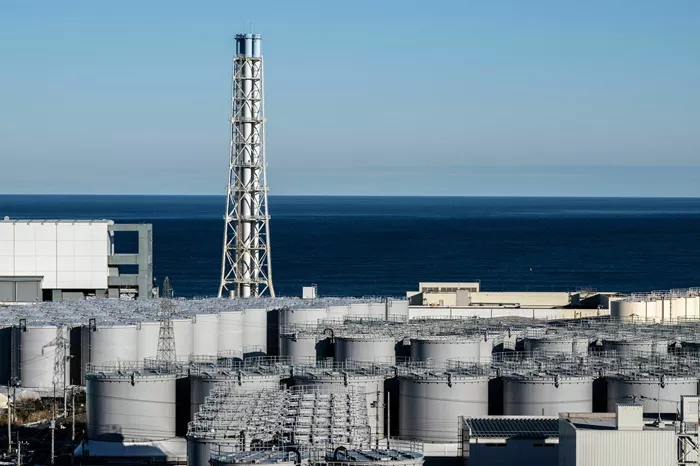A government-appointed panel of experts largely endorsed Japan’s new energy policy on Wednesday, which aims to boost renewable energy to 40-50% of the country’s electricity needs by 2040, while increasing the role of nuclear power. The policy seeks to meet growing energy demand, particularly from AI-driven data centers and semiconductor factories, and aligns with Japan’s goal of achieving net-zero emissions by 2050.
The draft plan, presented by the Industry Ministry for final review, outlines a strategy to maximize nuclear energy use, reversing a phaseout policy adopted after the Fukushima Daiichi nuclear disaster in 2011. The crisis led to widespread displacement and ongoing anti-nuclear sentiment across the country. The panel, composed of 16 members from business, academia, and civil society—many of whom are pro-nuclear—reviewed the proposal, which will replace Japan’s current energy policy, established in 2021.
The draft calls for nuclear energy to account for 20% of Japan’s energy supply by 2040, up from 8.5% in 2023. At the same time, the share of renewables is expected to grow to 40-50%, from 22.9% last year, with a significant reduction in coal power. By 2040, coal-fired power is to decrease to 30-40% of Japan’s energy mix, down from nearly 70% last year.
The plan also sets a 20-22% target for nuclear energy, a 36-38% target for renewables, and 41% for fossil fuels by 2030. This shift is motivated by Japan’s increasing demand for low-carbon energy sources, driven by the growth of AI and semiconductor industries.
Industry Minister Yoji Muto, who attended Wednesday’s panel meeting, emphasized the importance of energy security and stressed that Japan must avoid over-reliance on any single energy source. “How we can secure decarbonized energy determines Japan’s future growth,” Muto said. “It’s time to stop discussing a choice between renewable energy and nuclear power. We should maximize both.”
The draft energy policy also aligns with Japan’s goal of cutting climate-warming gas emissions by 73% by 2040, compared to 2013 levels, and achieving net-zero emissions by 2050.
In addition to promoting nuclear energy and renewables, the draft plan outlines the development of next-generation energy sources, such as solar batteries and portable solar panels. However, some experts argue that the plan lacks a clear feasibility outlook for 2040 and a detailed roadmap for the phaseout of fossil fuels. It also includes risk scenarios, such as delays in investment or cost reductions in renewable energy technologies.
To meet the 20% nuclear target by 2040, Japan will need to restart all 33 of its operational reactors. Currently, only 14 reactors are back online following the Fukushima disaster. Given the slow pace of safety checks by the Nuclear Regulation Authority, experts warn that achieving this target may be challenging.
Despite skepticism over its feasibility, Japan remains committed to advancing nuclear technology, including the development of next-generation reactors and the revival of its spent fuel reprocessing program, aimed at achieving a complete nuclear fuel cycle.
Related topics:
- New EU Policy Urged to Foster Nature-Inclusive Solar Initiatives
- New Hampshire Weighs Revisions to Solar Compensation Policy Amid Regulatory Hearings
- PJM Shuts Down Indian River Coal Plant Ahead of Schedule, Saving Costs

